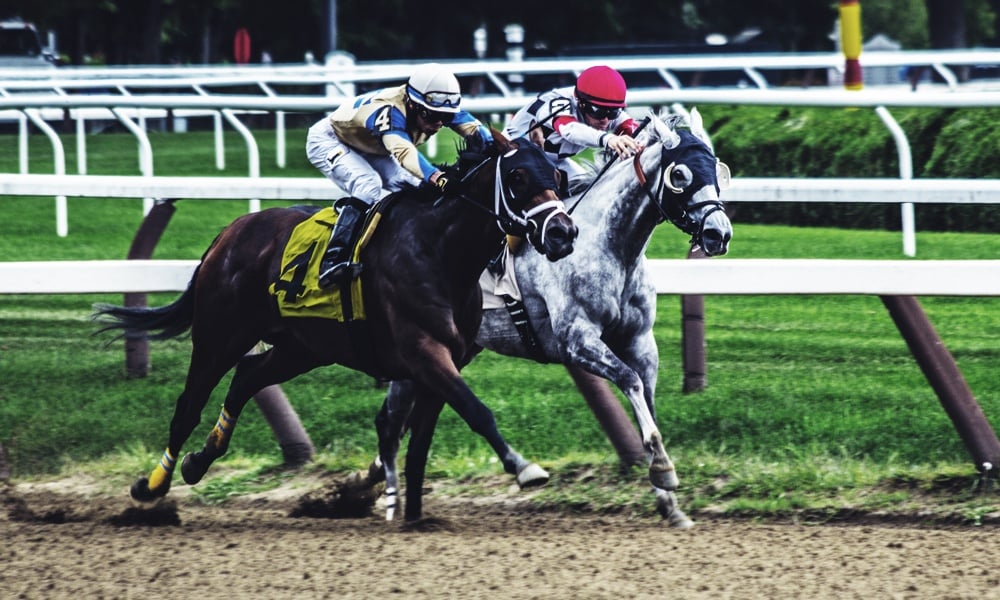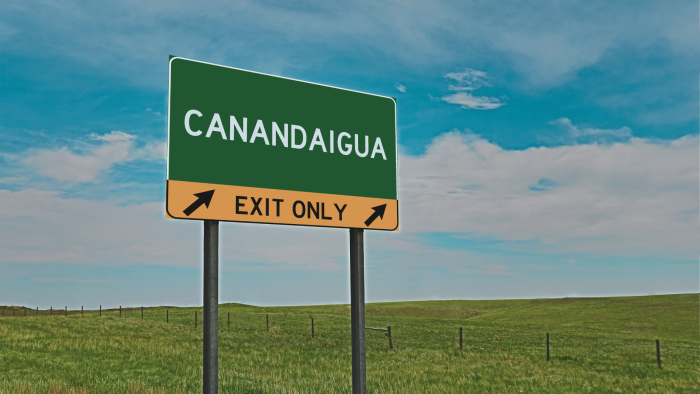A day spent at the track can be a high energy thrill ride, a nice relaxed way to spend the day with family and friends, or even a date. You control how much you spend, so it’s as expensive as you make it, and you always have the chance to make that money back in a big way.
We know horse betting is still gambling, but it feels more experiential and genuinely enjoyable than planting yourself in front of a one-armed bandit or staking a claim at the poker table. When it comes to the horse track, we can’t help but smile at the prospect of families, groups of friends, couples, and everyone else coming to have fun and relax on what is always an awesome day.
That said, if you’re prepping for your first time to the track, there’re are a couple things we’d think need highlighting. First, congrats on discovering this awesome hobby and pastime. We hope you enjoy it as much as we do. Second, like most hobbies, if you’re serious about getting serious, there are things you need to learn that might take you a while. That’s why we wanted to put together a brief guide for all you race day first-timers out there to help you really make the most of it, whatever your goal.
ETIQUETTE
There are entire books on how to act at the track, but the idea here is that it’s a place for everyone. Like we keep saying, you’re going to see all types of people here—families, couples, young people, old people, men, women, everyone is equally welcome.
You can also wear whatever you want. Your attire for The Kentucky Derby should differ from what you’d wear to the average Saturday. Use My Fair Lady as your barometer for track fashion. Modern attire never quite hits that English aristocrat level, but for bigger events, like Derby Day, people still use the day to show off their biggest hats and crispest suits. For regular season days where there aren’t any special races, assume Casual as defined here. You’ll look good and still be comfortable.
Also, like we keep saying, the track is a place for everyone to have a good time, which means don’t be the group of black out drunk frat boys yelling at horses and throwing slips all over the place. You should never be those people anywhere (duh), but since tracks frequently host family events, the average age of the audience to your assholery is potentially much younger. Tracks usually have full booze and food licenses (Think: beer gardens, restaurants, food trucks, ice cream carts, etc.), so treat the day more like a sensible day drink at a street festival than a late night bar crawl.
But don’t expect the place to be quiet. It is a sporting event, after all. Cheering for your horse is more than encouraged and the swell of excitement in the crowd as the horses turn for the finish line is infectious. If the spirit moves you, get in on the action and shout your horse home.
BETTING
Betting on a horse race can definitely be confusing, and there’s a lot of terminology to familiarize yourself with. Like, a lot. It’ll take you a while to learn no matter how hard to try to memorize that list, so your best bet is to just go out there and keep your eyes and ears open. As far as betting is concerned, let’s cover what you need to know.
There are two types of bets you can make at the track: Straight wagers and Exotic wagers. Straight wagers are simple because you’re picking one horse to come in first, second or third place. The traditional bet amount, and the one most payouts and winnings are calculated using, is $2. You used to be locked into that amount when you bet, but recent years have seen tracks expand their betting options. That means you have options that aren’t $2 or more. You’re free to bet less, but know that the payouts you see at the end are going to change proportionally. If you bet $4, you get double, but if you bet $1, you get half.
Exotic wagers allow you to place multiple bets on multiple horses for a multitude of outcomes. They’re a lot more difficult to win, but the payout makes the risk more than worth the reward to some. These have also seen some changes as tracks attempt to make betting more appealing. Some tracks will offer specials on different types of bets, where you can bet significantly smaller amounts and gain more chances to win. One example we’ve seen before is the 10¢ Superfecta. In that special and paying with the traditional amount of $2, you can actually place 20 separate 10¢ bets.
But don’t worry, if any of that sounded confusing, we’re going to go into more detail.
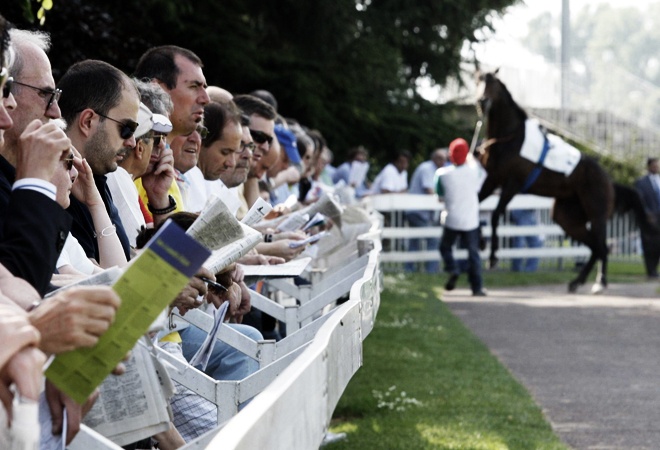
Straight Wagers
If you’re only betting on one horse, the bets and potential outcomes are simple. These are also the easiest to pick, especially for casual fans. You’d be surprised (or maybe you wouldn’t) at how many fans base their bets on personal quirks, pop culture references, familial resemblances, and flat out coincidences. Don’t be afraid to do the same. If you love Game of Thrones and Queen of Dragons is racing in the third, drop a couple bucks on her. Your odds are better than you think.
Something also worth mentioning is an article by the LA Times. The paper published a great breakdown on the history of Straight wagers and rise of Exotics. They also cover the 5% payout tracks are mandated to provide. Basically, if you bet $2 and win, you’re guaranteed a 10¢ return. If you’re interested, reading a bit of history could always give you an edge.
WIN: You bet on one horse to come in first. If that horse comes in first, you win. This is probably the easiest one to understand and approach.
PLACE: When you bet on a single horse to come in either first or second place. The payout obviously isn’t as good as a straight win, but the odds are better.
SHOW: You’re betting that one horse will come in either first, second, or third place. You’ll have your best chance of winning, but also the lowest potential payout for obvious reasons.
ACROSS THE BOARD: Across The Board bets mean that you’re betting on your horse to come in first, second or third place. The odds here are the best, but the payout is lower than anything else.
Exotic Wagers
For exotic wagers, you’re betting on a multitude of different outcomes for multiple horses. But, with greater risk and difficulty comes greater reward. If you’ve ever heard of or known someone who hit it big at the track, they probably lucked into a win on one of these bets.
EXACTA: When you bet on two horses to come in first and second place in an exact order, you’re placing what’s called an Exacta. You can also “box” those bets, which means you can bet to have your two horses come in either order of first and second place, and you still win. Boxing, and this goes for all these special bets, costs more because you’re making more than one bet. For example, if you box the 5 and 7, you’re actually betting on a 5-7 and 7-5 finishing order. With a box, the payout is the same as a normal Exacta.
QUINELLA: This is essentially a boxed Exacta—where you’re betting on two horses to come in first and second place in any order—but it won’t cost you any extra money. It’s a little confusing because they’re literally the same bet, but just understand that when you pay more for a boxed Exacta, your payout is always going to be bigger.
TRIFECTA: A Trifecta is the next step up from an Exacta. You’re betting on three horses to come in an exact first, second, and third place finish. You can also box these bets, but it’ll sextuple your buyin, since you’re actually betting on six different finishing orders.
SUPERFECTA: Finally, there’s the Superfecta, which is when you’re betting that four horses will come in first, second, third, and fourth place finishes in the exact order. You really have to know your stuff to make this bet worth it, and while you can box them, you might not be able to afford it.
HOW TO PLACE YOUR BET
Alright. You’ve picked your ponies, decided what bets you’d like to place, and you’re ready to go lay down some cash and pick up some action.
First, always have your money out and ready before you get to the betting counter, especially on a big race day. There will always be people trying to bet, and no one wants to be the guy everyone is waiting on to get his money out of his pockets. If you’ve ever been in a crowded bar, you’re already familiar with the concept.
When you get to the counter, use this template: “[Race number], [Bet amount], [Type of bet], [Horse number].” In practice, it’d be something like this: “Race seven, $2 to place on #5.” They’ll take your cash, give you your ticket, and you’ll be on your way. Always, always remember to check your ticket to make sure there are no discrepancies. Even if there’s a discrepancy, it’s considered good luck. Keep the ticket, but you could also go back to the counter and place the bet you originally wanted.
GAINING THE EDGE
If all you’re doing is trying to have a good time at the race track with a few friends, what we’ve covered already is really all you need. But if you’re looking to handicap (industry lingo for studying the sport and trying to make some real money consistently), you’ll need years to learn how to get a solid grip on the sport. Just ask any of the old geezers in the summer hats.
Since everything needs a starting point, here are a couple easy tips to help you understand the history of each horse, the training type they have, their jockey, their racing class, etc.
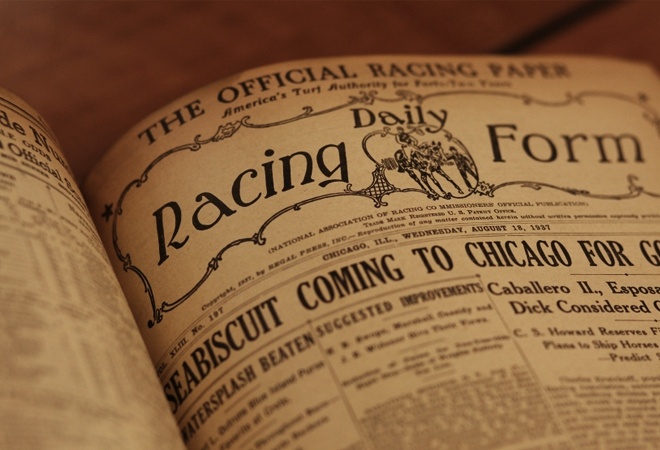
Knowing Your Race Day Program
All handicapping is built on the Race Day Program. Everyone can get one, and they have literally every statistic you’d ever be interested in knowing about every horse, jockey, trainer, etc. involved that day’s racing. The only issue is they can be super difficult to read and interpret, because there’s so much information present in a tiny little space. Luckily, there are a lot of comprehensive guides out there to help first-timers learn the ropes. It’s a whole new form of literacy, but being able to read the program is what separates hobbyists from professionals.
Horse Stats
As you’d expect, you’ll want to pay close attention to individual horse statistics. You’ll be able to see lifetime win-loss records, records for their last few races, standings on this particular course, and more. You’ll also have access to things like the class that horse races in. There are four types of races—Maiden, Claiming, Allowance, and Stakes—and if you have your eye on a horse that as absolutely killing it in the Allowance class, but he was bumped up to the Stakes class for that week, you might want to be a little cautious. There’s no telling whether or not that horse is going to be able to hang with the other horses in that class.
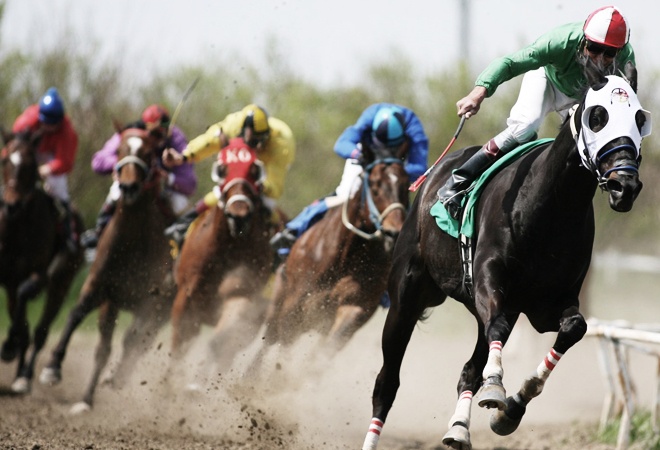
Trainer and Jockey Stats
Horse stats are obviously important, but there are other factors involved too. Trainers and jockeys both play hugely important roles in every horse’s career, so being familiar with their performances will give you a more complete picture of your chances. You’ll know how many horses each trainer has run with over the last few weeks, every race that particular jockey raced, their overall record, their record for this particular course, etc. If a jockey is having a poor couple of weeks, or a trainer’s horses haven’t been performing well, you should steer clear of their horses.
Look at The Odds
Every horse will also come with its own odds of winning for every single race, and they’ll be displayed in the program. Take one particular horse, check the race he’s in and see how his odds are. If you pick the favorite for every race regardless of any other stats, there’s a 33% chance he’ll pay out on a Win bet, a 53% chance for a payout on a Place bet, and a whopping 67% chance of a payout on a Show bet. And that’s without considering any of the other statistics for the race.

